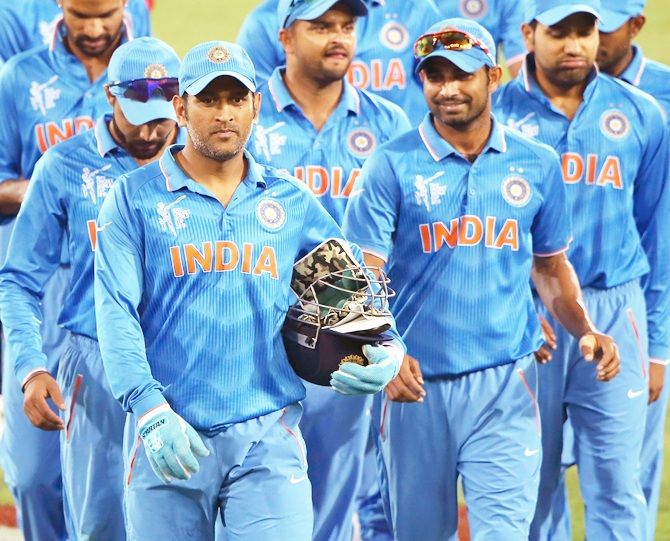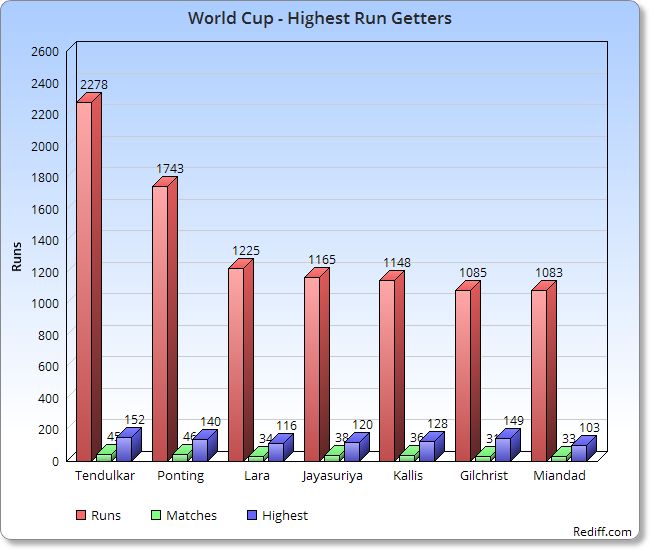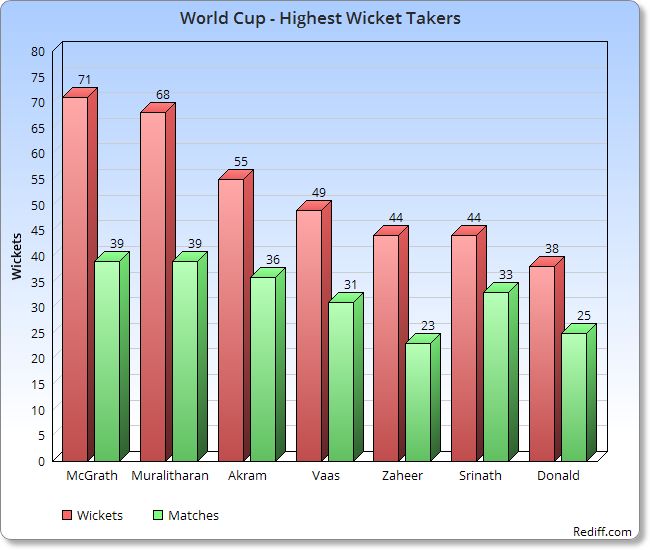 | « Back to article | Print this article |
'Time was when a giant-economy sized tub of popcorn and an XL-sized bottle of cola was all I needed to enjoy a game of cricket.'
'Today I need popcorn and cola from the 'official' suppliers, plus official headache-relieving tablet, official notebook and pencil, high-end computer from official sponsor -- and I also need Einstein, Aryabhatta and Ramanujan on stand-by for the phone-a-friend option when my native intelligence fails me. Which it will, the first time one of the officials draws a box shape in the air.'
Prem Panicker, one of the finest cricket writers, on the ICC's Code of Conduct.

The god of the Old Testament -- an angry, vengeful bloke forever smiting friend and foe alike, as if he were a pro version of David Warner -- needed just ten laws and 66 words to prescribe the boundaries of behaviour for all the children of Israel.
The International Cricket Council, faced with the more onerous task of regulating acceptable behaviour on the cricket pitch, uses up 18,166 words in its Code of Conduct for Players and Player Support Personnel (external link).
That is not counting the similarly prolix Anti Corruption Code, Anti Doping Code, Code of Conduct for Umpires and all the other baby codes the official site has diligently collated. (external link)
The effect of the document is analogous to what happened when Harry Belafonte, then a lad of three-foot-three, asked his father to explain the birds and the bees. As Harry put it in his song Man Piaba, (external link). It was clear as mud but it covered the ground/And the confusion made the brain go 'round'.
Take, for instance, item 2.1.2 read with 2.1.3, which legislates against showing dissent on the field (and helpfully points out that these provisions apply even if the umpire’s decision was totally wrong). Here are the don't-dos:
You, being perceptive, have spotted the obvious problem, yes? It lies in the use of 'excessive', 'obvious' and other such subjective clauses, which leave everything up to individual -- that is, idiosyncratic -- interpretation.
For instance, if I got a bummer of a decision and I made a moue while looking up to see if there was a god in heaven after all, am I showing 'excessive' disappointment, or just enough?
How long can a discussion with the umpire be before it gets 'prolonged'?
What is the statute of limitations on cap-snatching -- for instance, if the bowler gets a bad decision off the last ball of this over, is it okay to snatch the cap at the end of his next over?
And how much force, measured in Newtons, can I apply before I cross the line from taking my cap to snatching it? Et cetera.
This is not an exercise in sarcasm for its own sake -- it is this very ambiguity that has resulted in teams and individuals 'testing to see where the limits are' -- which is to say, checking to see how much of asinine behaviour they can get away with before they cop a fine someone else will pay for them.
By the way, even if you get an absolute shocker and leave the field meek as Mary's lamb, the ICC is not done with you. So if you have managed to leave the opposition and the advertising boards unmolested, note:
I'm guessing the ICC will appoint fifth umpires highly qualified in assessing the severity of cracks in glass and dents in woodwork.

The above is just a fragment of a code that is more complex than Hammurabi's -- an 18,166-word doorstopper of a document the ICC, never deficient in optimism, expects every player and official to have read.
And the only way a player can possibly comply with all that is in there is if he came onto the field of play outfitted in the designer straitjacket Hannibal Lecter modeled in Silence of the Lambs.
You could simply round up the players and say: 1. Don't do anything that, if you were younger, would have your dad taking his belt to you and 2. Don't say anything that would, in civilised society, entail someone washing your mouth out with soap.
In other words, behave to approximately the standards expected in a home for juvenile delinquents. To paraphrase W G Grace, we spectators come here to see you play cricket; if we wanted to see over-the-top acting there is always Amitabh Bachchan.
But that would be too simple, too obvious for the ICC brains trust and its many minions who earn their keep carving commandments out on tablets of water. So, it legislates.
For instance, it took a very simple game -- the one day international -- conceived as an idiot-proof alternative to the more nuanced Test cricket, and legislated the life out of it. X number of fielders inside the circle but x-y number of fielders behind the batsman's butt -- specifically the left butt cheek if he is a right-handed batsman and vice versa; Y number of fielders outside the circle except during power plays when it is Y-minus-N.
The aim of the game is to score one run more than the opposition did, except when it rains or the game is otherwise interrupted, in which case we can all scurry back to the London School of Economics for a post-graduate course in Duckworth-Lewis (a course, incidentally, that both Frank Duckworth and Tony Lewis would fail if they had to sit for it).
Then there is -- was -- the simple act of taking a wicket. Remember how it used to be? You came in and you propelled a ball from one end of the pitch to the other without straightening the elbow like a javelin-thrower.
Your intent was to either knock the batsman's block off or his wicket down; failing that you tried to drill a hole in his pad and failing even that, to get the ball to pop up from some part of the bat so one of your mates could catch it before it went to ground.

Today, your aim is still to do any of the above, but merely as the opening gambit in the Umpire Decision Referral System -- a forensic process too complicated for even CSI: New York.
A comprehensive dissection of all that is wrong with it would take a book; for now just consider the extract below, culled from the Wikipedia entry for UDRS (external link).
(By the way, the Simple English Wikipedia (external link) does not have an entry for this. For Higgs Boson (external link), yes -- but even the hive mind behind the Simple English Dictionary gave up on the UDRS. Go figure!):
'When a not-out LBW decision is evaluated, and if the replay demonstrates the ball has made impact more than 2.5 m away from the wickets, various additional criteria apply to account for the uncertainty of the ball's potential direction after pitching.'
'For example, if the ball pitches more than 2.5 m from the wicket and travels less than 40 cm before hitting the batsman, then any not-out decision given by the on-field umpire stands. It has also been decided that if the batsman is more than 3.5 m from the wicket, then not-out decisions will stand.'
'The only picture in which an LBW decision will be reversed in favour of the bowler is if the batsman is 2.5-3.5 m away from the wicket and the ball travels more than 40 cm after pitching before hitting the batsman.'
'In that case, some part of the ball must be hitting the middle stump, and the whole ball must be hitting the stumps below the bails; otherwise, the result is again inconclusive and the call stands.'
'In cases where the original decision is out, the 2.5 m or 40 cm distances do not apply, as in that state Hawk Eye must show the ball to be completely missing the stumps in order for the umpire to undo his decision.'
You totally got that, right? Okay, now solve the P versus NP Problem for me (external link).
Time was, a giant-economy sized tub of popcorn and an XL-sized bottle of cola was all I needed to enjoy a game of cricket. Today I need popcorn and cola from the 'official' suppliers, plus official headache-relieving tablet, official notebook and pencil, high-end computer from official sponsor -- and I also need Einstein, Aryabhatta and Ramanujan on stand-by for the phone-a-friend option when my native intelligence fails me. Which it will, the first time one of the officials draws a box shape in the air.
The ICC loves making deals so on behalf of long-suffering fans I have a simple one to propose:
You can keep Narayanaswami Srinivasan -- can we in return please have cricket back? You know -- the simple, fun game we used to love?
Image: Mahendra Singh Dhoni leads the Indian team off the field. Photograph: Daniel Kalisz/Getty Images ' Infographics by Uday Kuckian/Rediff.com